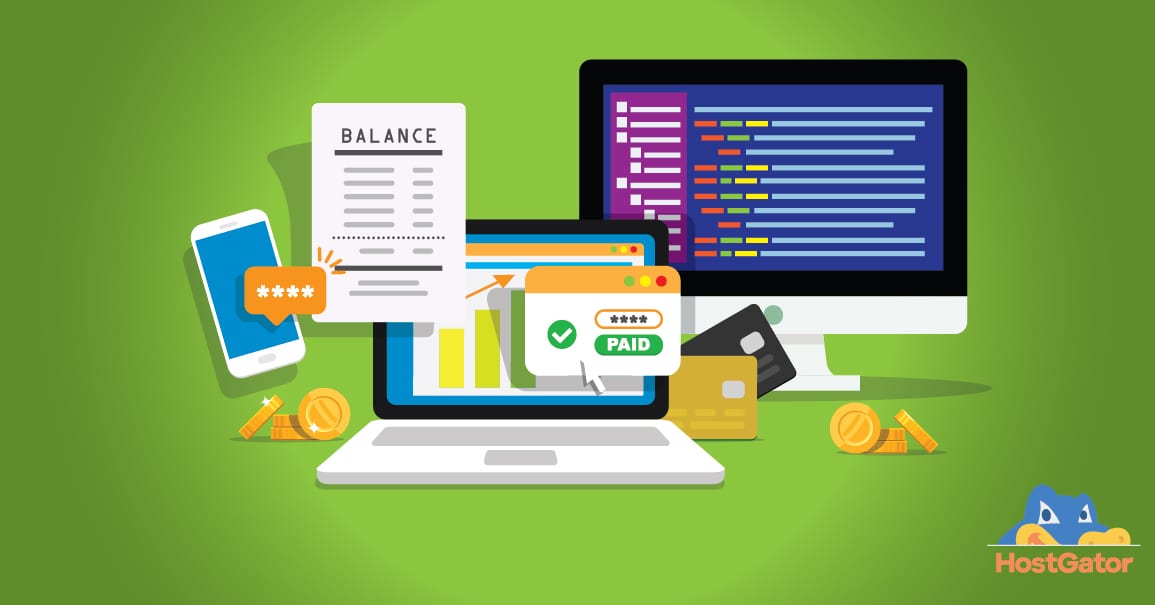Working as an independent web developer comes with some awesome perks—a boundaryless career, no micromanaging bosses, better work–life balance, and ample room to facilitate the growth of your career at your own pace.
However, late payments, no payments, and lesser-than-agreed-upon payments are downsides to the flexibility that freelancing allows.
You deserve fair and timely compensation for your skills. This article offers advice to help you combat the downsides of the gig economy and to ensure that you are paid for your hard work on time and in full.
Screen Clients and Set Clear Payment Expectations
Just like pre-employment screenings for employees, you should screen potential clients to see if the client is a reliable entity. For example, you could read through online reviews about your potential client.
Follow-up on your research with a meeting in which you clearly communicate your payment expectations to your client and address any other questions and concerns that your client may have.
Be sure to keep records of your communication with your client. If you meet your client in person, then remember to jot down meeting minutes.
Clear communication and transparency regarding payment can help avoid late and non-payment issues.
Research International Payment Methods Beforehand
As an independent web developer, you may have to navigate your way around international wire transfers. Popular payment methods for working with international clients include Paypal and Payoneer.
Select a platform (or multiple platforms when feasible) after considering various factors, including legality, taxes, fees, and ease of access for your clients, and ease of transferring funds to your bank account.
For example, a wire transfer may be infeasible for small payments because it typically involves fixed hefty transfer fees.
Moreover, if your preferred payment platform is unavailable in your client’s location (e.g., PayPal is restricted from operating in several regions), you would benefit from knowing that beforehand.
If you have your own website, you can also add a payment form on the site to receive payments more efficiently.
Sign an Agreement
After screening your client and setting expectations, the next—and most crucial step—to getting paid on time is to document your consensus in a legally binding contract. A mutually signed independent contract agreement guarantees your payment rights.
A good agreement is one that covers all of your bases, such as:
- payment deadlines;
- no rights over services not paid for;
- and the right to charge upfront (particularly for long-term or large projects).
In the event of contractual violations, you can use this agreement to pursue legal action against your client.
Formal Follow-up After Completing Work
Send an Invoice
As soon as you complete a project, you should send your client an invoice, with a clear due date. You can also mandate acknowledgment of invoice receipt for your client by adding this as a clause in your freelance or independent contract.
There are many online invoicing apps, such as Bonsai and FreshBooks, designed for freelancers.
You may be able to generate invoices from within your preferred payment platform (e.g., PayPal). You can also download free invoice templates online.
Send a Demand Letter for Unpaid Dues
Late payments are the bane of a freelancer’s existence.
If your client fails to acknowledge your invoice and ignores any reminders that follow, you can send them a formal demand for payment letter.
A demand letter professionally and formally conveys your intent to seek legal assistance in retrieving your unpaid dues. This letter can either lead to legal action, or your client can decide to stop ghosting you because they see that you mean serious business.
Resort to Legal Action for Unpaid Dues
If all of your previous attempts at seeking your payment fail, then pursuing legal action for non-payment of dues is the next step.
If your relationship with the client is covered by an independent contractor agreement or freelance contract, then seeking legal action becomes relatively easy.
Conclusion
The freedom of working as a self-employed professional web developer comes with some risks. You can still easily navigate your way around them if you arm yourself with the right legal paperwork, in particular, a strong independent contractor agreement.



![How to Create Your Freelance Brand [5-Step Guide]](https://mdvirtue.com/wp-content/uploads/2022/02/How-to-Create-Your-Freelance-Brand-5-Step-Guide-400x250.jpeg)
![How to Build a Coaching Website on WordPress [Expert Guide]](https://mdvirtue.com/wp-content/uploads/2022/02/How-to-Build-a-Coaching-Website-on-WordPress-Expert-Guide-400x250.jpeg)

0 Comments